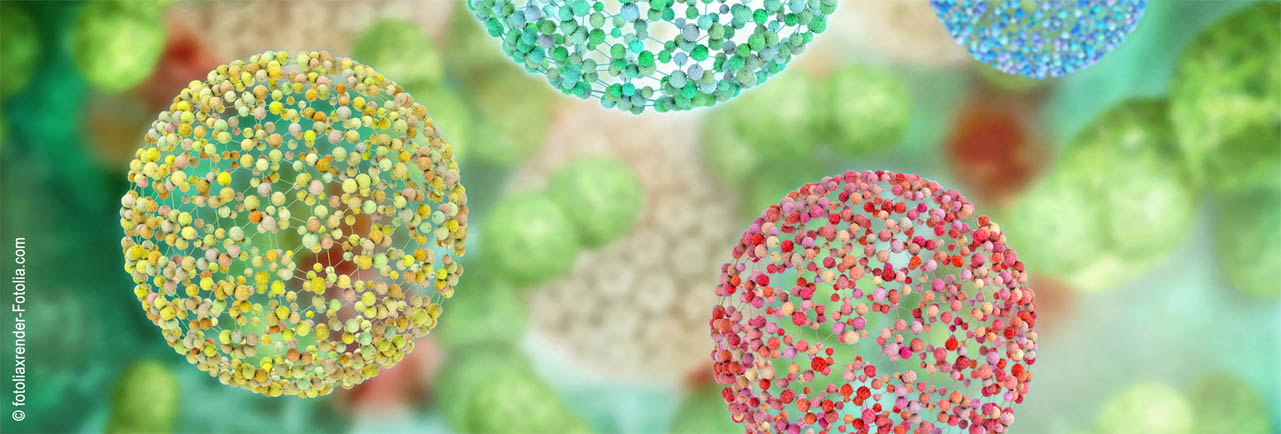Speaker
Description
Pulmonary surfactants (PS) form a complex film at the alveolar surface of the lungs, consisting of phospholipids (80-90 %), neutral lipids such as cholesterol (8-10 %) and surfactant proteins (SP-B, SP-A) (5-10 %)1. It plays a major role in sustaining the breathing mechanics by the reduction of surface tension (~0 mN/m) to prevent the alveolar collapse during respiration cycles2. The structure, mechanism and morphology of PS film is not fully understood, and its dysfunction leads to respiratory distress syndrome3. In this work, we focus on understanding and controlling the interactions of model PS systems at near-zero surface tension. The lipid systems mimicking PS composition, DPPC: POPC: POPG (5:3:2 mol%) are studied in the presence of cholesterol and peptide analogues of SP-B proteins at the air-fluid interface. Furthermore, we have investigated the interactions of hard, soft and functionalised nanoparticles (NPs) with the model PS systems. Langmuir trough (equipped with movable Delrin barriers) and reflectivity techniques such as Brewster angle microscopy, ellipsometry and neutron reflectometry are explored to characterise these systems. Our results indicate the role of cholesterol and surfactant proteins associated with the formation of extended structures in the highly compressed films (~0 mN/m). We found that the presence of cholesterol affects the lower surface tension values of PS film, as it will not squeeze out rapidly. We also obtained the preliminary specular and off-specular neutron reflectivity data on model PS systems from the FIGARO instrument. The physicochemical interactions and the effects of size, surface charge and hydrophobicity of NPs on PS function will also be investigated. Our findings highlighting the physiological function of various constituents of the PS film and their interactions with NPs may contribute to relevant pharmaceutical developments for respiratory distress syndrome.
References:
1. Parra E, Pérez-Gil J. Composition, structure and mechanical properties define performance of pulmonary surfactant membranes and films. Chem Phys Lipids. 2015 Jan;185: 153-75.
2. Olmeda B, Martínez-Calle M, Pérez-Gil J. Pulmonary surfactant metabolism in the alveolar airspace: Biogenesis, extracellular conversions, recycling. Ann Anat. 2017 Jan;209: 78-92.
3. Autilio C, Pérez-Gil J. Understanding the principle biophysics concepts of pulmonary surfactant in health and disease. Arch Dis Child Fetal Neonatal Ed. 2019 Jul;104(4): F443-F451.

